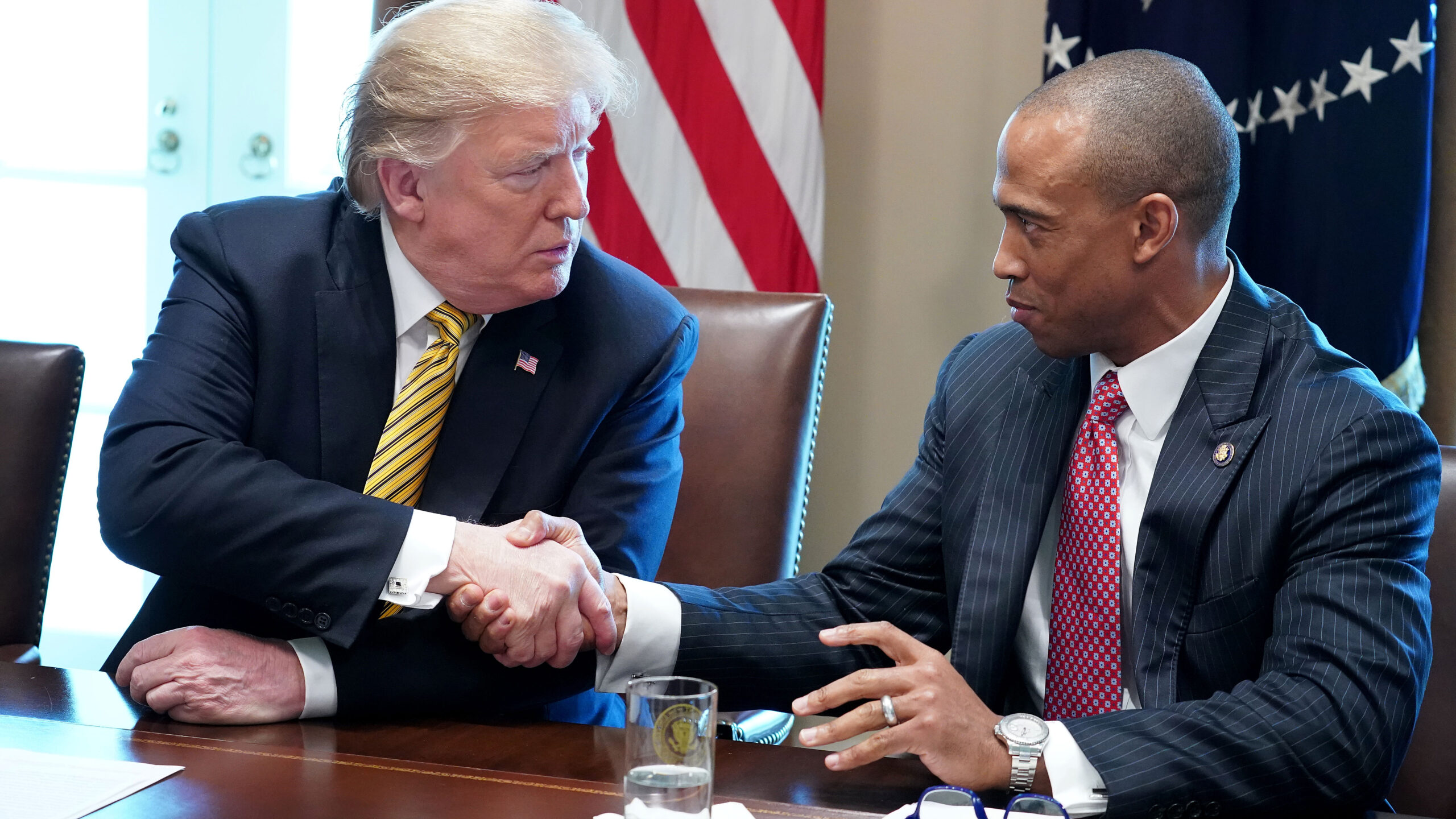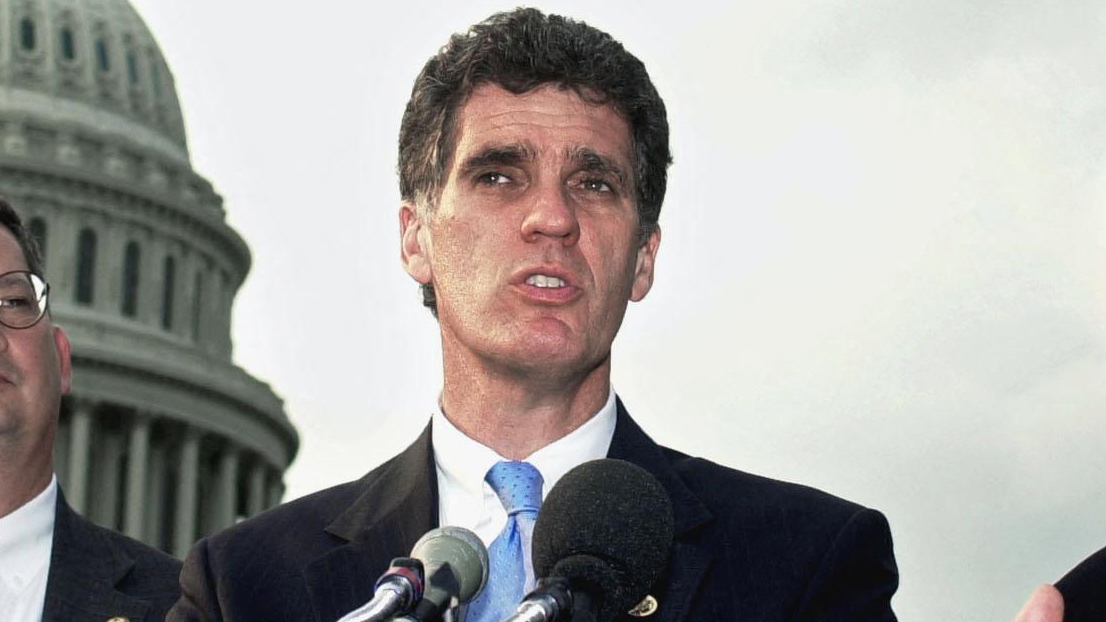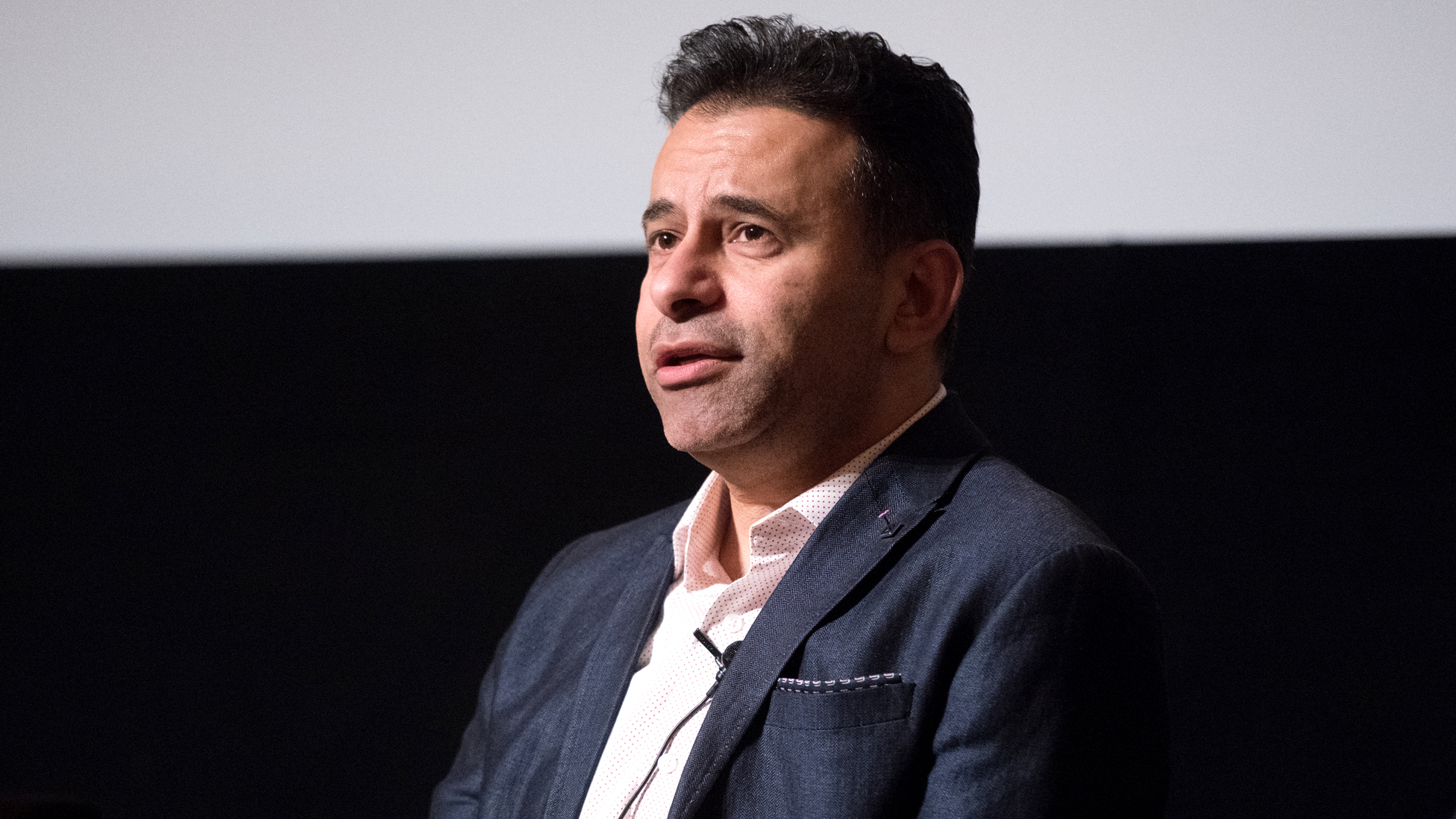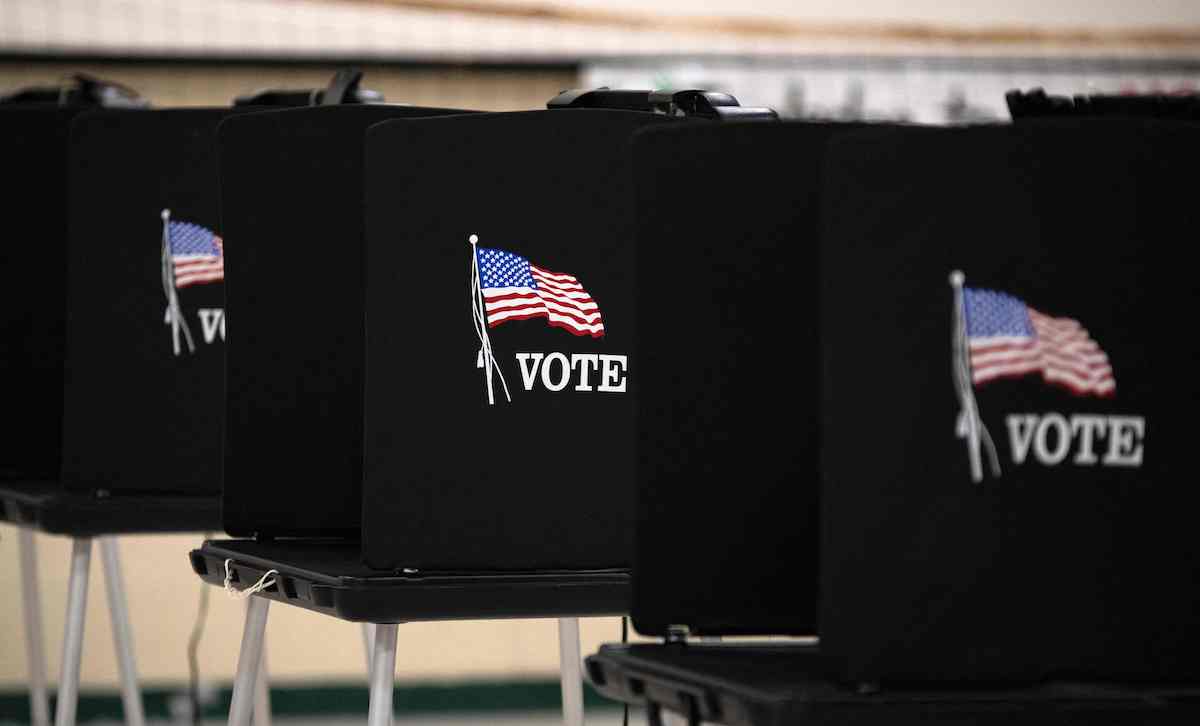A Day In Tim Walz’s Minnesota
When Vice President Kamala Harris announced Tim Walz as her running mate, nearly 9 in 10 Americans said they had no opinion of the largely unknown Minnesota Governor. Within hours of the selection, the legacy media began the task of explaining to the American people how the man they’d scarcely mentioned on their airwaves was ...

When Vice President Kamala Harris announced Tim Walz as her running mate, nearly 9 in 10 Americans said they had no opinion of the largely unknown Minnesota Governor.
Within hours of the selection, the legacy media began the task of explaining to the American people how the man they’d scarcely mentioned on their airwaves was actually one of the country’s preeminent Democratic leaders. Viewers were bombarded with breathless coverage of “Coach” Walz’s “Big Dad Energy.” There were also glowing reports of the progressive utopia he’d built for Minnesotans.
Wanting to see the results of Walz’s time in office for myself, I traveled to Minnesota to hear from the people who have lived under his leadership for the past six years.
The first person I spoke with was Liz Collin, a journalist who’s spent decades covering the state. As she walked us through the mostly empty downtown, with boarded up buildings and open drug use, Collin explained how the city has changed under Walz’s tenure, while taking exception to the media portrayal of the governor.
“He’s being sold as this moderate ‘aw-shucks’ guy who will give us some dad jokes. But there’s never been a more radical governor — ever — in Minnesota history,” Collin said.
According to Collin, the turning point for the city — and state — came during the Black Lives Matter riots that engulfed Minneapolis and St. Paul following the death of George Floyd.
Those riots, which ultimately damaged or destroyed more than 1,500 properties and caused $500 million in damage to the Twin Cities, went on for more than three days and nights before Governor Walz finally deployed the National Guard.
In the aftermath, Collin says Walz’s anti-police rhetoric fueled a mass exodus from the state’s police force, most notably in Minneapolis, where hundreds of officers resigned or retired. “You have a police force in Minneapolis that’s down about 40% from where it was at the beginning of May of 2020.”
Now, Collin says, the few remaining officers in the city have been hamstrung with new “progressive” policies curtailing their ability to stop crime. Among other things, police in the city have been restricted from pursuing suspects of non-violent crimes, while another “use of force” policy required officers to contact a supervisor before placing a suspect in handcuffs.
“It’s almost as if police officers have become firefighters. Sort of waiting to put out the fire — whereas before there was proactive policing…and there was a respect and a bit of fear for the cops, but that dynamic has certainly changed.”
From 2019 to 2023, the homicide rate in Minneapolis increased by 50%, while the statewide rate jumped 54%.
According to Minneapolis businessman Greg Urban, those rising crime rates — and the lack of a visible police presence — have had devastating consequences for local businesses.
“Big cities have crime, even the best ones. But you also have the perception of crime and the perception of safety, and when you walk out and see police there is a perception of safety,” Urban told me. “In a large entertainment district, which this once was here in Minneapolis, you need that perception…there’s not that sense of vibrancy that there once was.”
Urban, who once owned the popular Greg’s Saloon in the heart of the city, was forced to close his business due to rising crime and oppressive lockdown policies enacted by Governor Walz during the COVID pandemic.
Speaking outside of the now vacant building where his business once operated, Urban recounted fines he was forced to pay for trying to keep his saloon open, and lamented the “COVID snitch line” Walz opened, which allowed Minnesotans to report neighbors and local businesses violating stay at home orders.
“Tim Walz set up a snitch line, to where if you saw a COVID violation you could call in, he would dispatch his COVID police that he had set up. … There’s instances where Tim Walz put people in jail for as much as 90 days for violating one of his orders. He wasn’t messing around with this, he wanted this state locked down so tight, he would use his jails to do that.”
“This part of the city used to be packed,” Urban said, as we walked past another empty building, this one with the words “Black Lives Matter” spray painted on weathered plywood covering broken windows.
Today, rather than customers waiting outside of Greg’s Saloon, the only Minnesotans to be seen on the block are a pair of homeless men, one on his hands and knees digging for cigarette butts in a crack in the sidewalk.
An hour later, I’m three miles south of downtown, standing in a homeless encampment that’s taken over a vacant lot in a middle class residential neighborhood.
Walking up the street, I see three disheveled men slumped against a neighbor’s fence, looking like they might collapse at any moment, as others around them openly pass around needles and lighters.
The night before, neighbors told me paramedics had been on the scene to treat an overdose victim — a now common occurrence in the neighborhood. Days after my visit, I learned a 33-year-old man was gunned down during a fight in the encampment.
I meet Arne — who asked that I not use his last name — the man who owns the once vacant, now full lot, and has been trying unsuccessfully to build a new home there.
Arne says he’s called the police repeatedly asking them to clear out the encampment, but has been told “there’s not much they can do.” Today, he’s come to the property armed with “No Trespassing” signs, hoping it will give law enforcement more power to remove the unwelcome residents.
According to Arne, since Governor Walz took office, police in the city have been rendered helpless in removing squatters and clearing out homeless encampments from private property like his.
As we speak, a half dozen masked individuals emerge from a car parked across the street. They make their way towards where we’re standing and form a line inches away from us, glaring at our crew.
“They’re trying to intimidate us, and that’s what they do,” Arne says. “You don’t get to just intimidate people like that. I talked to a lot of people and they were all too scared to come on camera. I’m not scared. I’m not going to be silenced … I’m speaking up for everyone else who is too scared to speak up.”
Next, I drive a few blocks down the street to the spot of George Floyd’s death — passing the burnt-out shell of what was once the Minneapolis 3rd Precinct Police Headquarters. Four years after the BLM riots that ravaged the city, the four-story building sits empty and boarded up, with bullet holes still visible in its exterior.
Arriving at George Floyd Square, I’m greeted by the charred remains of a gas station that once stood across the street from the convenience store where Floyd died.
“Power To The People” and “Black Power” inscriptions emblazon the walls of the numerous vacant buildings surrounding the memorial to Floyd, which spans half a block.
Thousands of candles, flowers, and other mementos have been arranged on the sidewalk by activists making the pilgrimage to Floyd Square. Every few minutes, a new group of mourners arrives — some with tears in their eyes — pausing for a moment of silence, snapping photos, and lighting candles.
My final stop takes me to ‘Little Mogadishu,’ a portion of East Minneapolis home to roughly 50,000 Somali immigrants – one of the largest concentrations of Somalis anywhere in the Western world.
Little Mogadishu has long been plagued with elevated crime rates and poverty, but in recent years, has become home to one of the largest fraud operations in American history.
During the COVID pandemic, a number of Somali immigrants in Minneapolis operated Feeding Our Future, a fraudulent nonprofit that received more than $250 million from the Minnesota Department of Education’s administration of Federal Child Nutrition Programs.
Rather than providing meals for children, however, the non-profit redirected millions in taxpayer funds to dozens of individuals throughout the city. That money was used to purchase cars and homes – and according to David Gaither, a longtime Minnesota businessman and state legislator, fund terrorism in Somalia.
“The largest single funder of Al-Shabab, the terrorist organization in Somalia, are the Minnesota taxpayers,” Gaither told me.
“The money that is taken in that fraud doesn’t stay here. Millions of dollars per month in cash are sent out the Minneapolis airport…It goes East, and it ends up in people’s hands that will do mischief and bad things to the United States.”
According to Gaither, Governor Walz was warned of fraud in the system, but failed to investigate the phony non-profit before hundreds of millions of dollars had been disbursed.
Now, Walz is being subpoenaed by the House Education and Workforce Committee for records related to the scheme.
As I prepare to leave Minneapolis, I talk with Scott, a lifelong Minnesotan with a message to Americans still curious about Walz.
“He gives the impression that he’s this moderate folksy leader. He is extreme in almost every respect. He fooled a lot of Minnesotans in the last two elections, we can’t let him fool the rest of the country.”
Originally Published at Daily Wire, World Net Daily, or The Blaze
What's Your Reaction?
































































































